Healthy soil is the foundation of a thriving garden and a bountiful harvest. But you don’t need to rely on synthetic fertilizers or harsh chemicals to boost your soil’s fertility. I’ve spent years experimenting with natural soil improvement techniques, and I’m here to share what works for me. These 21 methods will help you nurture rich, living soil that’ll make your plants sing. Whether you’re working with sandy loam or heavy clay, there’s a natural solution here that’ll transform your dirt into black gold. Get ready to dig in and give your soil the TLC it deserves. I practice permaculture, working with nature, without resorting to chemical solutions, and my homestead thrives. We grow a huge amount of food every year, without depleting our soil and without needing chemical intervention.
Add Compost
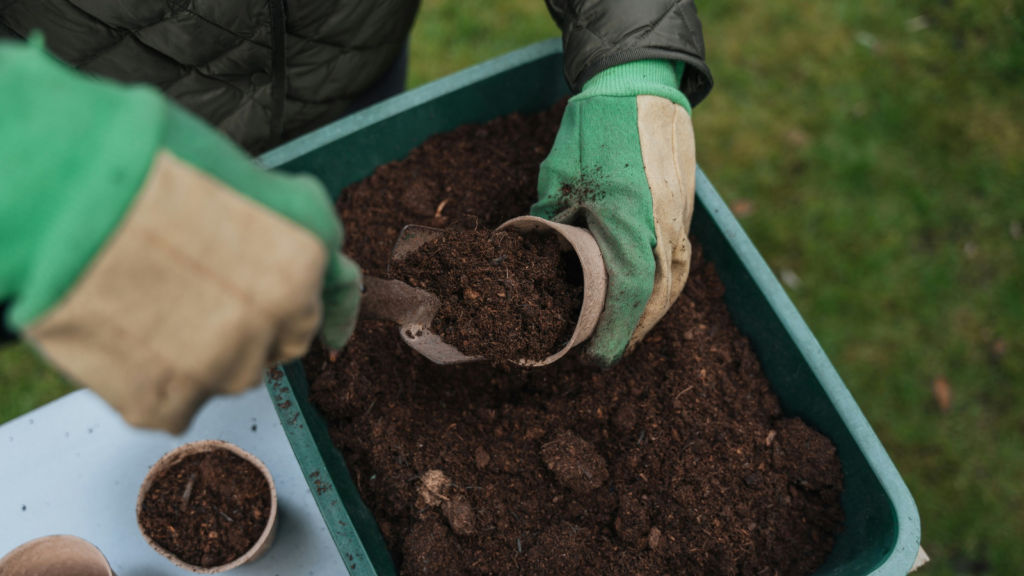
Nothing beats compost for giving your soil a boost. It’s packed with nutrients and helps retain moisture. Aim for a 2-3 inch layer each year. Don’t have a compost bin yet? Start with kitchen scraps and yard waste. Your plants will thank you, and you’ll see a noticeable difference in soil structure. Pro tip: Incorporate it into the top 6-8 inches of soil in spring or fall for best results. For faster decomposition, keep your compost pile moist and turn it regularly, aiming for an internal temperature of 130-150°F.
Plant Cover Crops
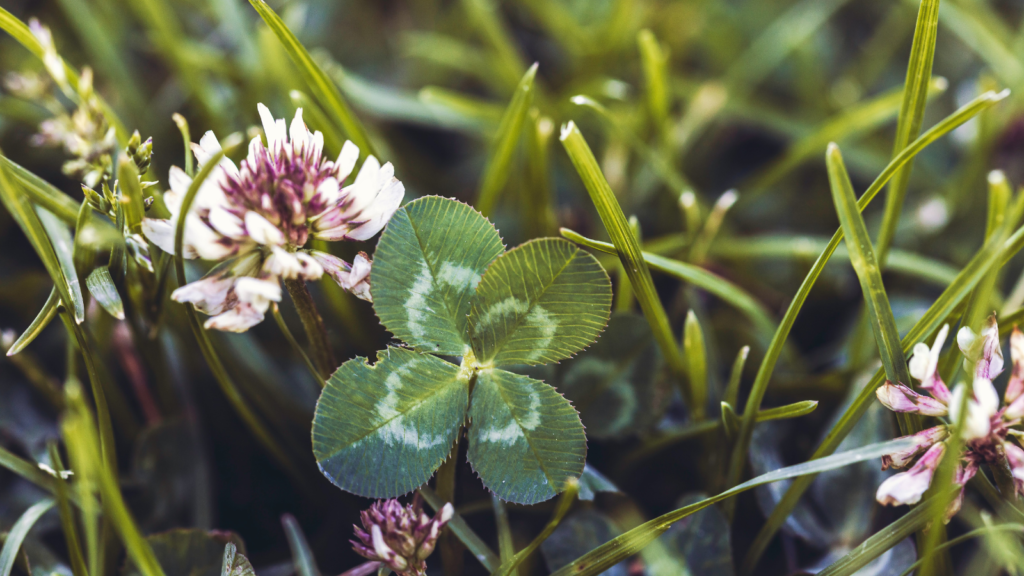
When your main crop is done, don’t let that soil sit bare. Plant cover crops like clover or winter rye. They prevent erosion and add organic matter when you turn them under. I’ve seen fields gain up to 3 tons of organic matter per acre with this method. Mix it up with different root depths to really work that soil profile. Consider using a mix of legumes and grasses for a balanced approach to nitrogen fixation and biomass production.
Use Mulch
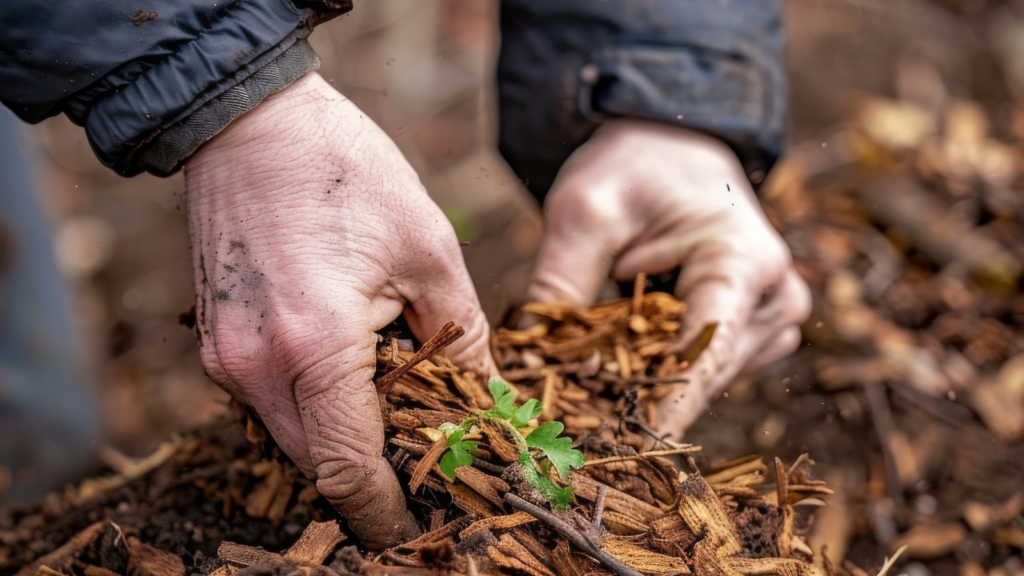
A good layer of mulch does wonders. It keeps moisture in, weeds out, and slowly feeds your soil as it breaks down. Stick to organic materials like straw or wood chips, and keep it about 2-4 inches deep. Just remember to keep it away from plant stems to prevent rot. In my garden, mulch has cut water use by nearly half. For perennial beds, consider using a layer of cardboard or newspaper under your organic mulch to provide an extra barrier against persistent weeds.
Implement Crop Rotation
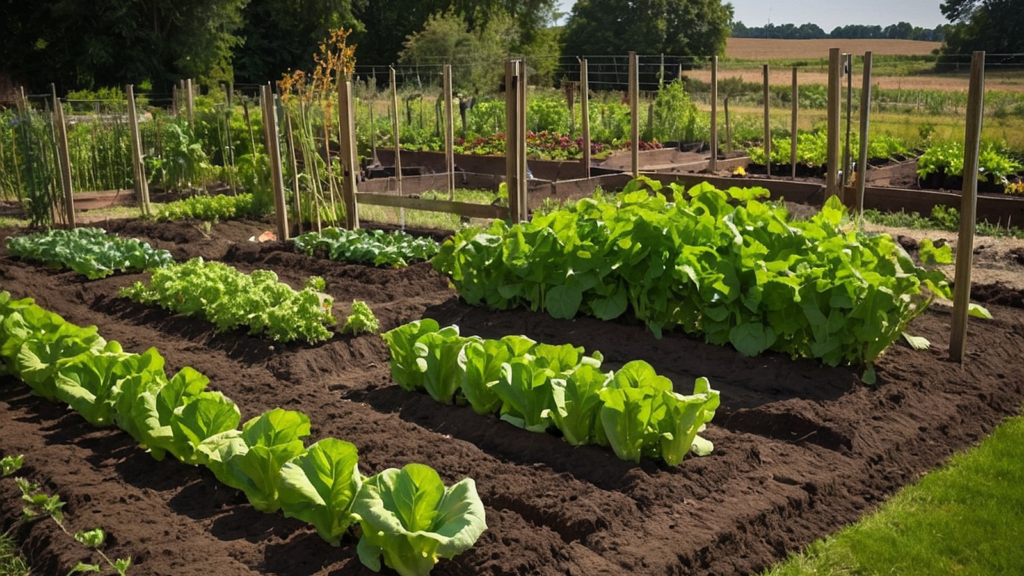
Don’t plant the same crops in the same spot year after year. It’s like a buffet for pests and diseases. Instead, rotate your crops. Follow heavy feeders like tomatoes with light feeders like beans. I’ve seen yields jump 10% just by implementing a good rotation plan. Keep a garden journal to track what goes where each season. A typical rotation might follow this pattern: leafy greens, fruiting vegetables, root crops, then legumes.
Add More Earthworms
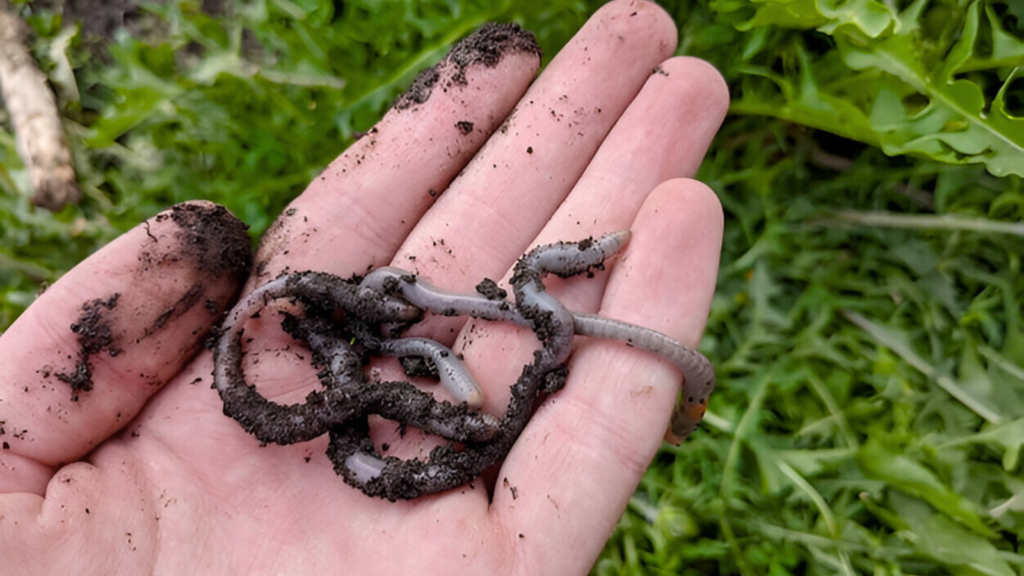
These little guys are soil superheroes. They aerate the soil and leave behind nutrient-rich castings. To keep them happy, add organic matter and ease up on the tilling. In healthy soil, you should find about 5-10 worms per square foot. Trust me, a thriving earthworm population is worth its weight in gold. You can encourage earthworms by keeping soil pH between 6.0 and 7.0, which is ideal for most vegetable crops anyway.
Plant Green Manure
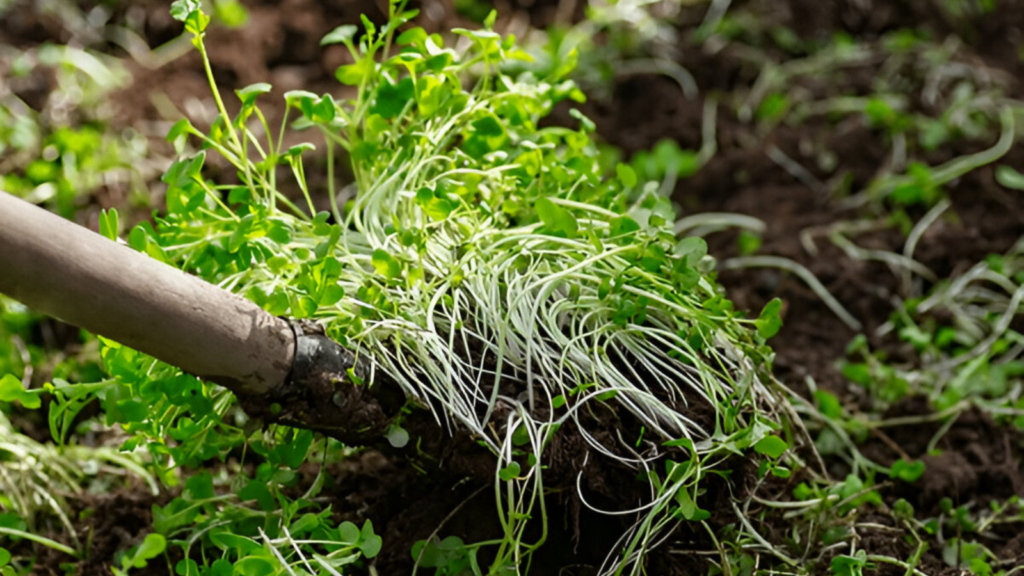
This is a game-changer. Grow fast-growing plants like buckwheat or mustard, then chop them down and work them into the soil before they go to seed. It’s like growing your own fertilizer. I’ve heard of people adding up to 8 tons of organic matter per acre this way. Bonus: choose nutrient accumulators like alfalfa for an extra boost. For best results, cut your green manure crops when they’re flowering but before they set seed.
Work In Aged Manures
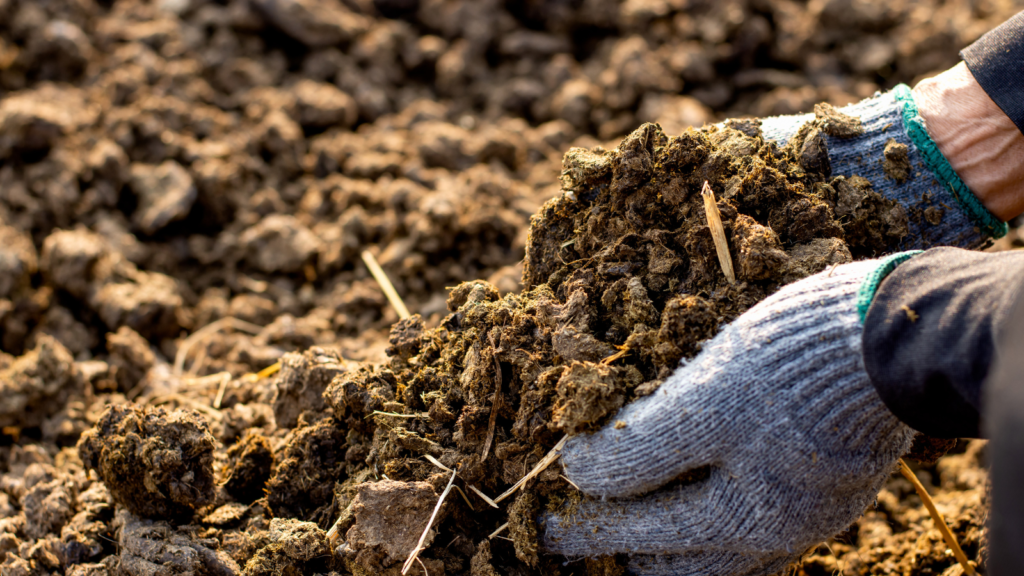
Aged manure is fantastic for soil health. Make sure it’s been composted for at least 6 months to avoid burning your plants. A 1-2 inch layer in fall or spring works wonders. Different animals produce different nutrient profiles, so mix it up. Chicken manure’s great for nitrogen, while horse manure offers a more balanced approach. Always know the source of your manure to avoid introducing herbicide residues or pathogens to your garden.
Apply Compost Tea
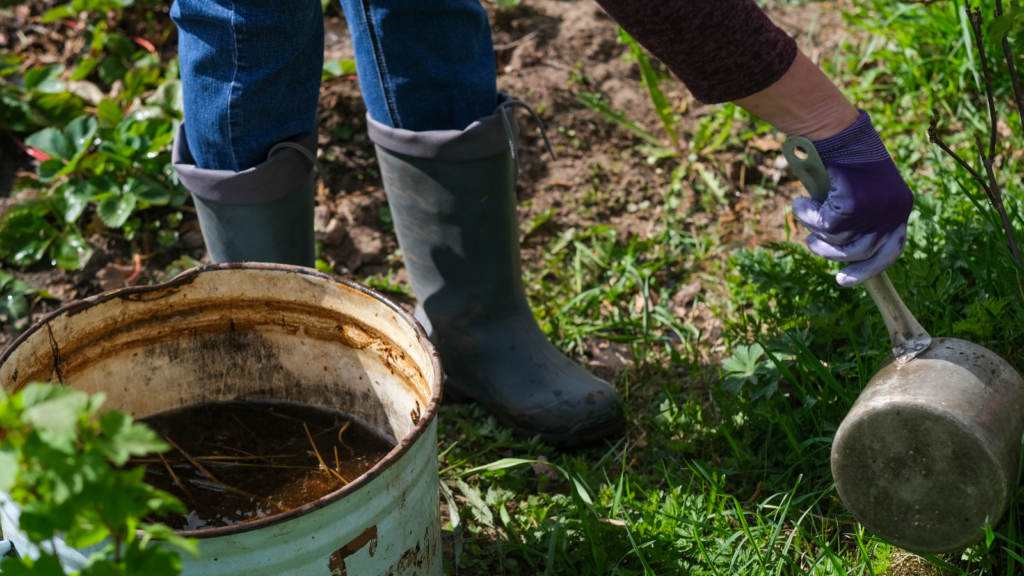
This stuff is magic. Steep compost in water, and you’ve got a nutrient-rich brew your plants will love. Use it to water plants or as a foliar spray. I’ve seen it boost growth and fight off diseases. For best results, use it within 4-6 hours of brewing. Your plants will be reaching for the stars in no time. To make actively aerated compost tea, use an air pump to oxygenate the mixture during the brewing process, which encourages beneficial aerobic microorganisms.
Plant Nitrogen-Fixing Plants
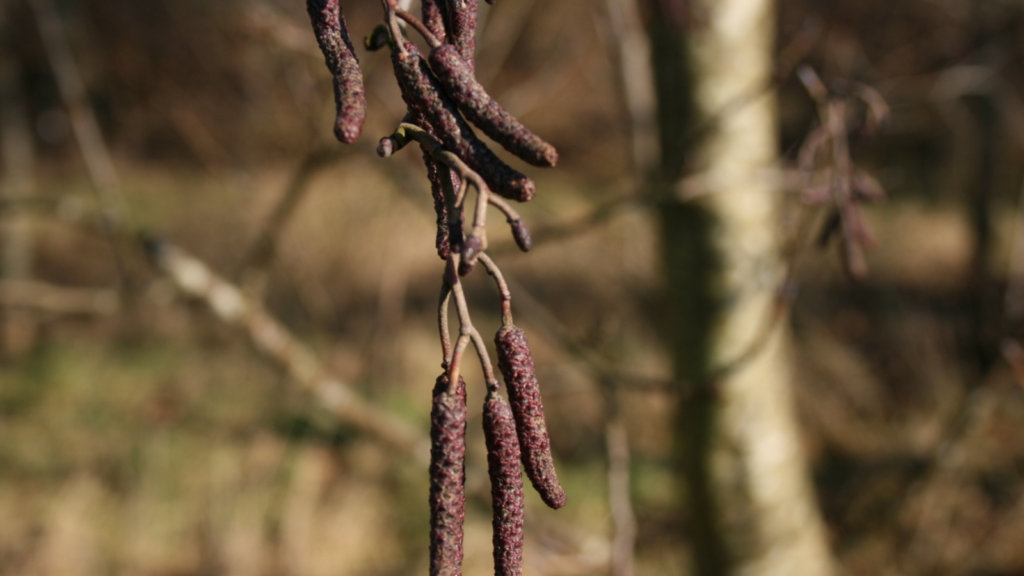
Legumes like peas and beans are soil superheroes. They team up with bacteria to pull nitrogen from the air and fix it in the soil. I’ve seen these plants add up to 200 pounds of nitrogen per acre. Want to supercharge this process? Inoculate your legume seeds with rhizobia bacteria before planting. For a permanent nitrogen-fixing solution in orchards or permaculture systems, consider planting nitrogen-fixing trees like alders or locusts.
Add Biochar
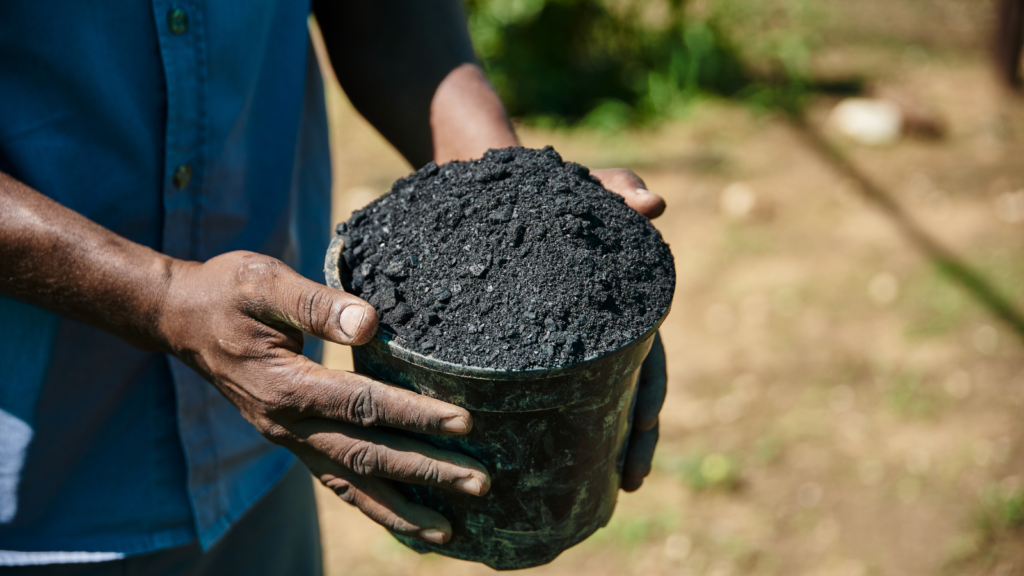
Biochar is like a high-rise for soil microbes. It provides a massive surface area for beneficial organisms to thrive. Mix it in at about 5-10% by volume. For an extra kick, soak it in compost tea before adding it to your soil. It’s a long-term investment in soil health that keeps paying off. Biochar can persist in soil for hundreds to thousands of years, making it an excellent carbon sequestration strategy.
Try No-Till Gardening
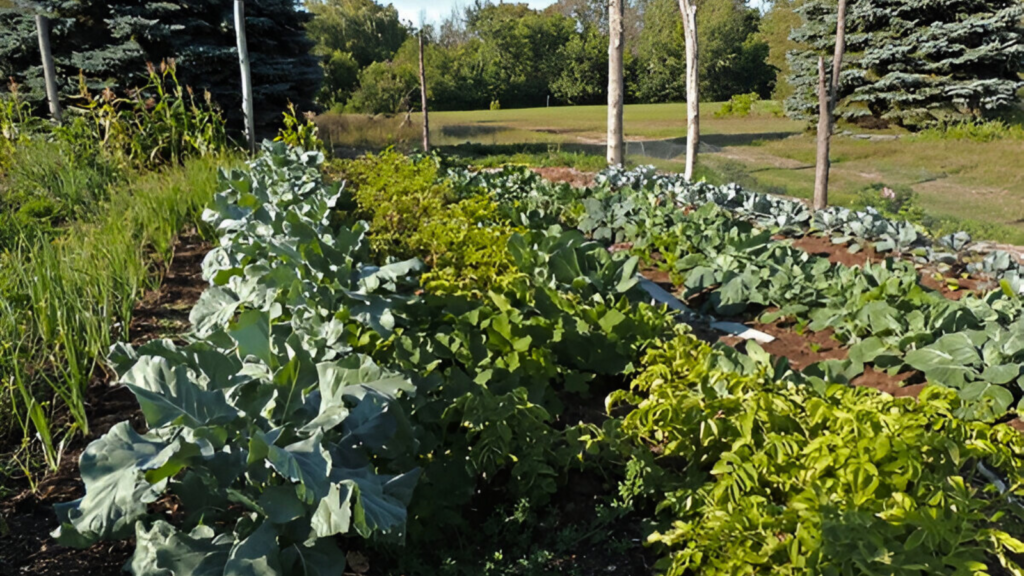
Put down that tiller! No-till gardening preserves soil structure and protects beneficial organisms. Instead of turning the soil, add amendments to the surface and let nature do the mixing. I’ve seen organic matter increase by 1% in just ten years with this method. Use a broadfork to loosen compacted soil without flipping it. Combine no-till with heavy mulching for even better results in suppressing weeds and building soil organic matter.
Add Seaweed
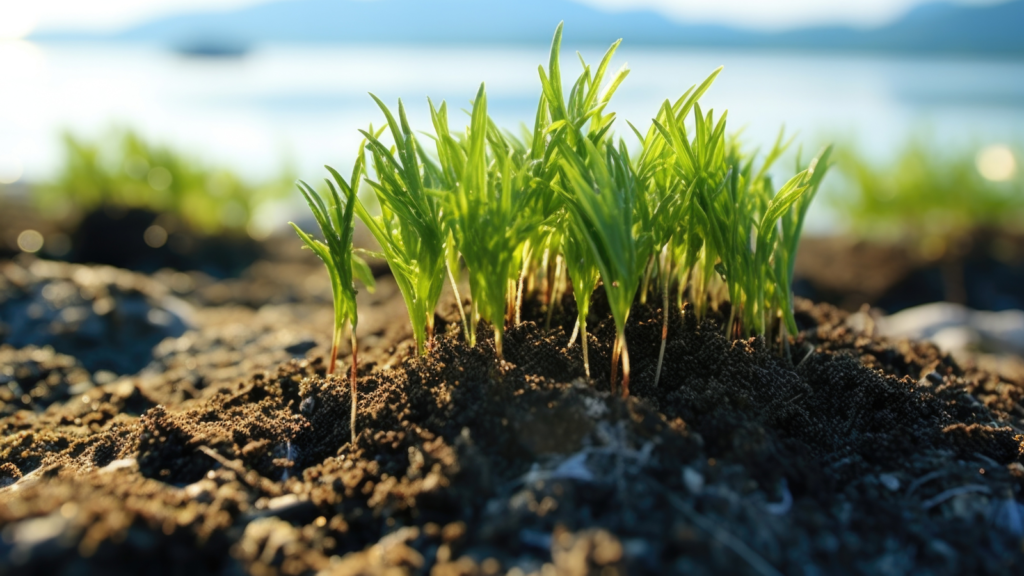
Seaweed is a secret weapon for soil health. It’s packed with micronutrients and growth-promoting substances. You can apply it directly or make a liquid fertilizer. A little goes a long way – 1 pound of dried seaweed can treat 100 square feet. It even contains natural plant growth regulators. Talk about a sea change for your soil! Kelp meal, a dried and ground form of seaweed, is particularly rich in potassium and can be an excellent supplement for fruiting plants.
Plant Deep-Rooted Plants
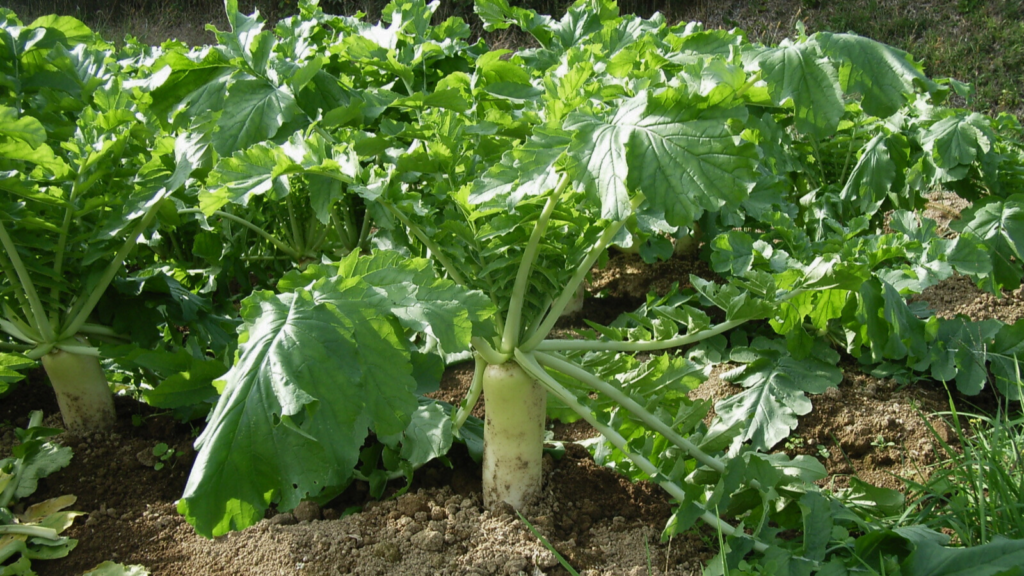
Plants with deep roots, like comfrey or daikon radishes, are soil saviors. They bring up nutrients from deep down and make them available to other plants. After harvesting, leave the roots to decompose in place. They create channels for water and air, improving soil structure from the ground up. Alfalfa, with its taproot reaching up to 20 feet deep, is an excellent choice for breaking up compacted subsoil.
Use Rock Dust
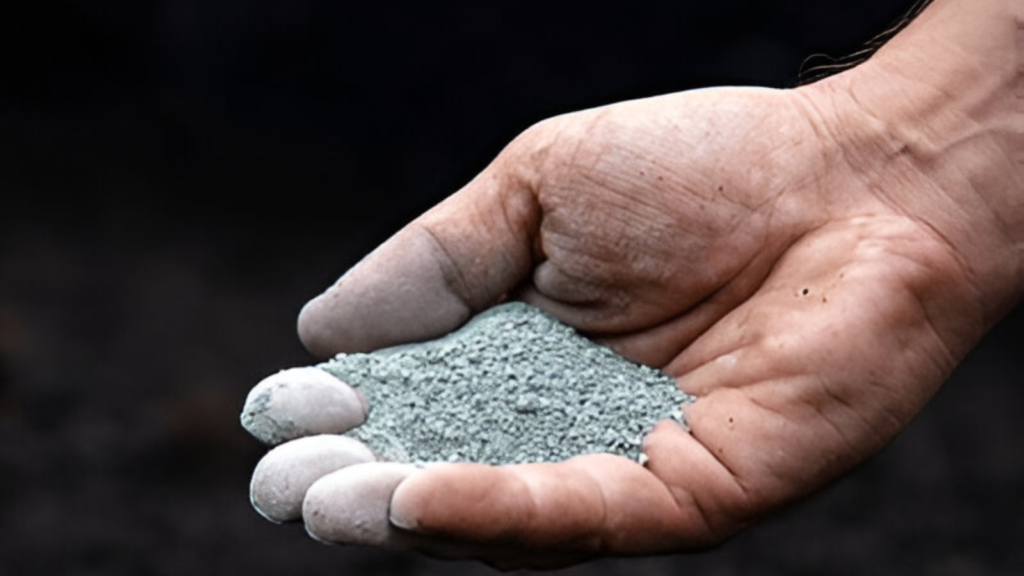
Rock dust is a slow-release powerhouse of minerals. Apply about 5-10 pounds per 100 square feet. It takes a few years to see full results, but the effects can last a decade. Choose a type that complements your soil’s existing mineral profile. It’s like a multivitamin for your garden. Basalt rock dust is particularly rich in silica, which can improve plant resistance to pests and diseases.
Try Hugelkultur Beds
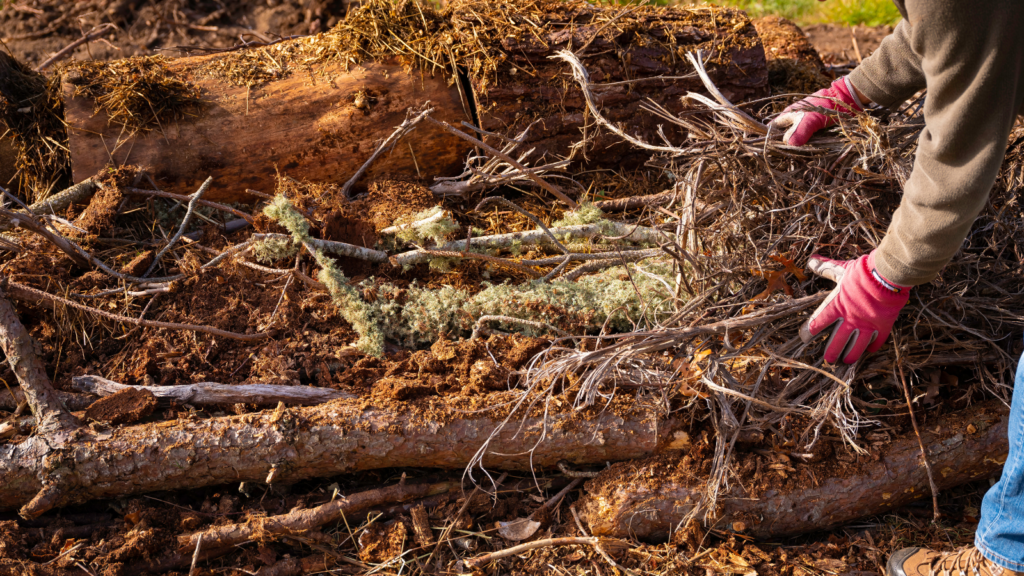
Hugelkultur is a game-changer. Bury logs and branches under a mound of soil. As the wood decomposes, it provides nutrients and retains moisture. I’ve seen these beds stay productive for 20 years without additional fertilization. Bonus: they generate heat, potentially extending your growing season. For best results, use hardwoods like oak or maple, which decompose slowly and provide long-lasting benefits.
Use Dynamic Accumulators

Some plants are experts at mining nutrients from the soil. Comfrey, yarrow, and dandelions are star players here. Use their nutrient-rich leaves as mulch or add them to your compost. A single comfrey plant can produce 4-5 pounds of nutrient-packed leaves annually. It’s like having a fertilizer factory right in your garden. Comfrey is particularly rich in potassium, making it an excellent companion plant for heavy feeders like tomatoes and squash.
Try Companion Planting
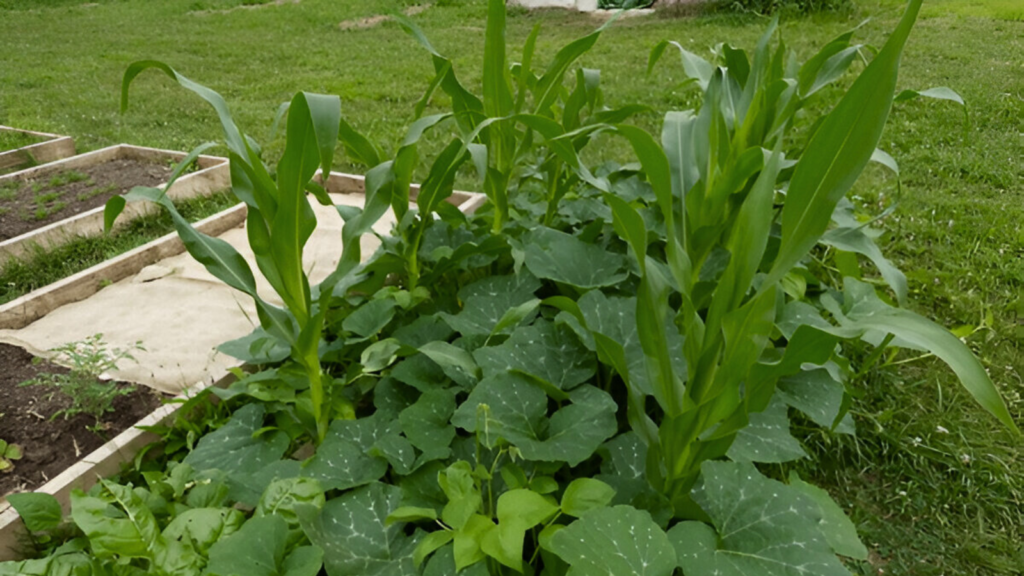
Some plants just work better together. Marigolds planted with tomatoes can help fight off nematodes. The classic “Three Sisters” method – corn, beans, and squash – is a perfect example. The corn supports the beans, which fix nitrogen, while the squash shades the soil. It’s teamwork at its finest. Interplanting aromatic herbs like basil or cilantro throughout your garden can help confuse and repel pest insects.
Practice Vermicomposting
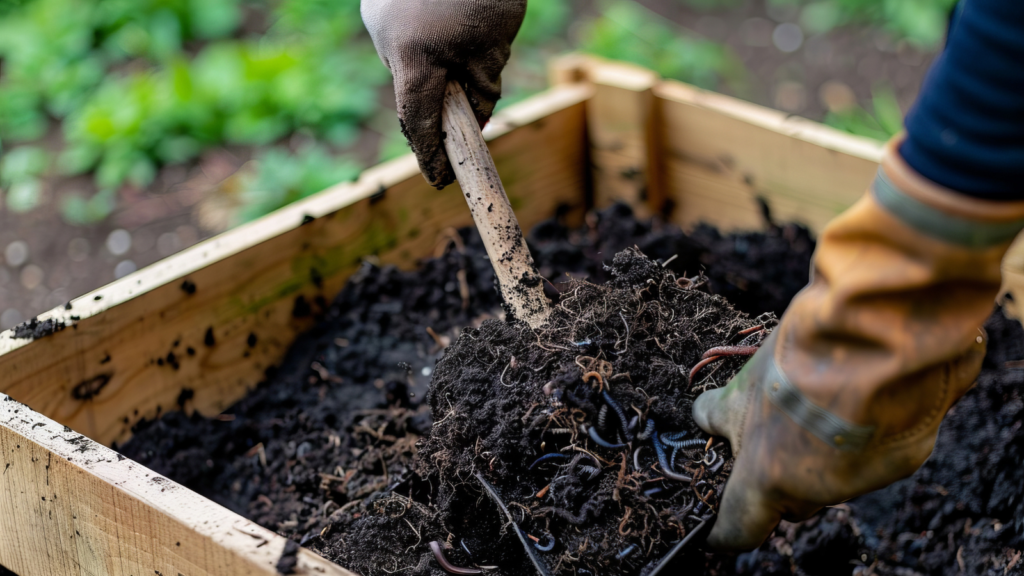
Vermicompost is pure gold for your soil. It’s incredibly rich in nutrients and beneficial microorganisms. Just a thin layer can significantly improve soil health. Set up a worm bin, and those little guys will turn your kitchen scraps into garden gold. It even contains plant growth regulators that boost seed germination. Red wigglers (Eisenia fetida) are the most efficient composting worms, capable of eating half their body weight in organic matter daily.
Try Keyline Design

Keyline design is about working with the natural contours of your land to manage water effectively. It can dramatically improve soil moisture levels and reduce erosion. I’ve seen it increase soil organic matter by 1% per year. The keyline plow is a special tool that can break up compacted subsoil without inverting it. This system is particularly effective on sloped land, where it can help distribute water more evenly across the landscape.
Add Leaf Mold

Don’t bag those leaves! Let them decompose into leaf mold. It’s fantastic for soil structure and water retention. A 3-inch layer can hold up to 5 times its weight in water. It also creates a perfect environment for beneficial fungi. Your soil microbes will throw a party. Oak leaves, which are high in lignin, take longer to break down but produce a particularly durable and beneficial leaf mold.
Add Mycorrhizal Fungi
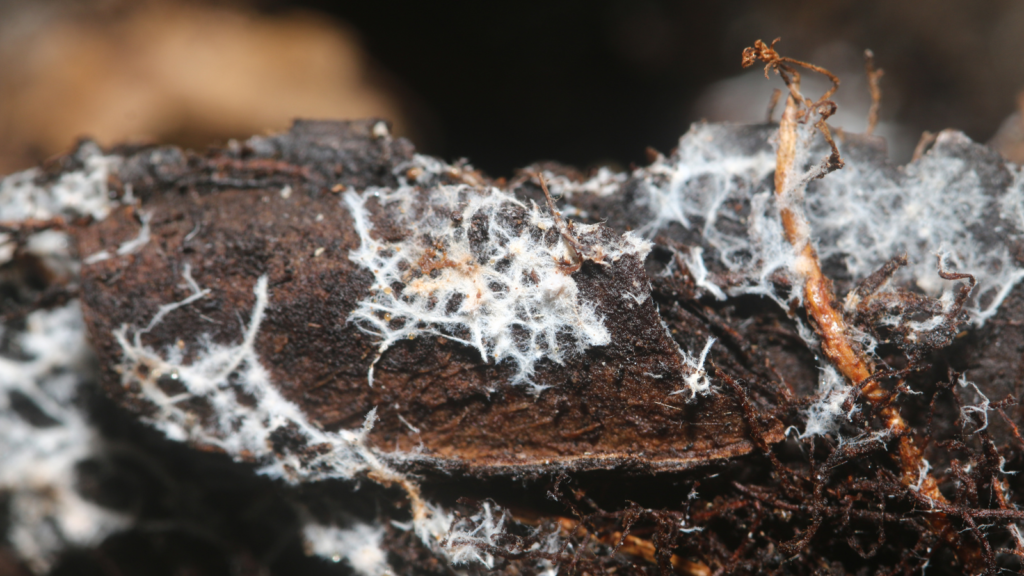
These fungi form a symbiotic relationship with plant roots, helping them access water and nutrients. You can introduce them with inoculated seeds or by adding mycorrhizal products to your soil. Plants with these fungal friends can have root systems up to 50% larger. They even produce glomalin, a protein that improves soil structure. Avoid using fungicides and excessive phosphorus fertilizers, which can harm mycorrhizal fungi populations.

